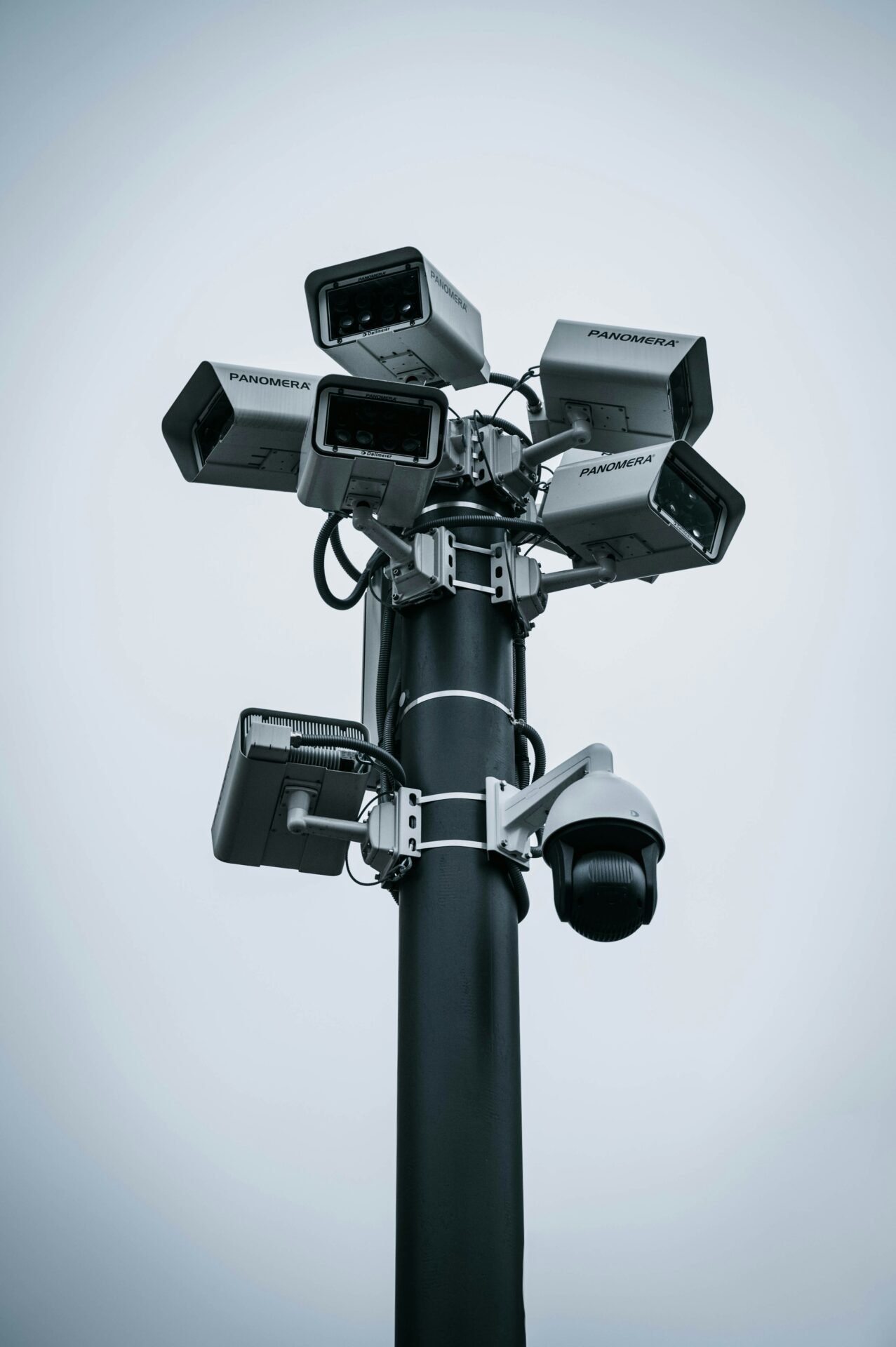Understanding AI Cyber Attacks
AI cyber attacks represent a significant evolution in the landscape of cyber threats, characterized by the incorporation of artificial intelligence technologies into malicious strategies. Unlike traditional cyber threats that often rely on straightforward tactics, such as phishing emails or malware, AI-driven attacks leverage machine learning algorithms to enhance their effectiveness and adaptability. This advanced approach allows cybercriminals to analyze vast amounts of data, identify vulnerabilities, and execute attacks with surgical precision.
One prominent technique utilized within this realm is automated phishing scams, where attackers employ AI to craft highly personalized and convincing messages. By analyzing social media profiles and other online activities, these malicious actors can create emails that appear authentic, thereby increasing the likelihood of users falling victim to the scams. Furthermore, AI systems can continuously optimize their tactics based on responses, making them more difficult to combat.
In addition to phishing, the emergence of deepfake technology presents another worrying facet of AI cyber attacks. Deepfakes, which involve the synthesis of realistic audio and visual content, can be used to impersonate individuals for fraudulent purposes, such as unauthorized access to secure systems or misrepresentation in business contexts. The potential for deepfakes in cyber crime underscores the need for organizations to remain vigilant and adopt advanced detection methods that can identify manipulated content.
As these AI technologies evolve, the security landscape becomes increasingly complex, making it critical for businesses to understand the specific vulnerabilities AI cyber attacks exploit. By recognizing the key characteristics of these sophisticated threats, organizations can implement proactive measures to strengthen their defenses, enhance their detection capabilities, and mitigate the risks posed by the integration of AI in malicious activities.
Implementing Robust Security Measures
In today’s digitally-driven landscape, safeguarding against AI cyber attacks has become imperative for both individuals and businesses. The implementation of comprehensive security measures is essential to create a formidable defense. One of the foundational elements is firewalls, which act as barriers that monitor and control incoming and outgoing network traffic. By configuring firewalls adequately, organizations can thwart unauthorized access and mitigate potential threats posed by AI-powered attacks.
In addition to firewalls, employing encryption techniques is crucial to protect sensitive data during transmission and storage. Encryption transforms readable data into an unreadable format, making it significantly harder for cybercriminals to exploit any intercepted information. Utilizing strong encryption protocols can not only safeguard business communications but also enhance customer trust and compliance with regulatory requirements.
Multi-factor authentication (MFA) serves as another critical layer of security, requiring users to provide multiple forms of verification before accessing sensitive information. This additional step significantly reduces the chances of unauthorized access, as it makes it challenging for attackers to compromise multiple authentication factors simultaneously. Organizations should prioritize the adoption of MFA across all platforms to enhance their cybersecurity posture.
Additionally, leveraging machine learning-based security solutions can help detect anomalies and predict potential threats in real-time. These advanced systems analyze vast amounts of data, learning from patterns to recognize suspicious behavior that could signify a cyber attack. Regular software updates and patches are also vital; they ensure that systems are equipped with the latest defenses against newly discovered vulnerabilities.
Lastly, conducting vulnerability assessments and penetration testing is essential to identify and address weak points within a cybersecurity framework. These proactive evaluations can uncover hidden threats and enable businesses to fortify their defenses against opportunistic cybercriminals. By implementing these robust security measures, organizations can significantly reduce their risk of suffering from AI cyber attacks and focus on their core objectives with greater confidence.
Employee Training and Awareness
The rapidly evolving landscape of cyber threats necessitates a proactive approach to cybersecurity, particularly in the context of artificial intelligence (AI)-driven attacks. One of the most effective strategies for protecting a business is investing in comprehensive employee training and fostering a culture of cybersecurity awareness. Employees are often the first line of defense against cyber criminals, and their ability to recognize and respond to potential threats is crucial for maintaining an organization’s security posture.
Regular training programs should be designed to educate employees about the nature of AI-driven threats, such as social engineering tactics and sophisticated phishing attempts. By equipping staff with the knowledge to identify suspicious activities, businesses can mitigate the risks associated with human error. Informing employees about the latest threats and the importance of adhering to security protocols not only enhances their vigilance but also cultivates an environment where cybersecurity is prioritized at all levels.
Simulations and drills play a vital role in this training process. By conducting realistic scenarios that mimic potential cyber attacks, organizations can assess their employees’ reactions and readiness to respond. These exercises provide valuable insights into the effectiveness of training programs and highlight areas that may require further focus. Moreover, simulations help to reinforce learning by providing hands-on experience in a controlled setting, allowing employees to practice their response without the pressure of an actual incident.
Ultimately, continuous education and awareness initiatives are essential in safeguarding a business against AI cyber attacks. By prioritizing employee training, organizations can reduce vulnerabilities and create a more resilient cybersecurity framework. This emphasis on knowledge empowers staff, enabling them to act decisively in the face of threats and fostering a shared responsibility for the company’s security. Creating this culture aligns with the overarching goal of minimizing risks and protecting both the organization and its stakeholders from the repercussions of cyber incidents.
Staying Informed and Adapting to Changes
In today’s rapidly changing digital landscape, the importance of staying informed about the latest developments in AI technology and cyber threats cannot be overstated. As organizations increasingly rely on AI systems, the potential for sophisticated cyber attacks escalates, necessitating a proactive approach to cybersecurity. One of the most effective ways to remain vigilant is by subscribing to reputable cybersecurity newsletters and reports. These resources provide ongoing updates regarding emerging threats, trends in AI cyber attacks, and effective countermeasures that businesses can adopt.
Additionally, online forums and communities can serve as invaluable platforms for sharing insights and experiences among professionals working in cybersecurity. Engaging with these groups fosters a culture of knowledge sharing, allowing businesses to learn from each other’s challenges and successes. Many cybersecurity organizations also conduct webinars and workshops focusing on the latest threat intelligence and innovative security practices. Participation in these events can substantially enhance an organization’s defensive capabilities against AI-driven cyber attacks.
Moreover, it is vital for organizations to continuously adapt their security strategies in response to evolving threat landscapes. Maintaining an agile response plan is essential; this involves not only having a robust incident response framework but also regularly reassessing security policies to ensure they are effective and relevant. As AI technologies evolve, it is crucial to evaluate existing defenses and identify potential vulnerabilities that may be exploited by cyber adversaries.
In conclusion, staying informed about the latest AI developments and adapting security strategies are integral to protecting oneself and one’s business against the incessant threat of cyber attacks. By taking a proactive stance, organizations can significantly mitigate risks and establish a comprehensive defense that evolves in tandem with the technology landscape.

